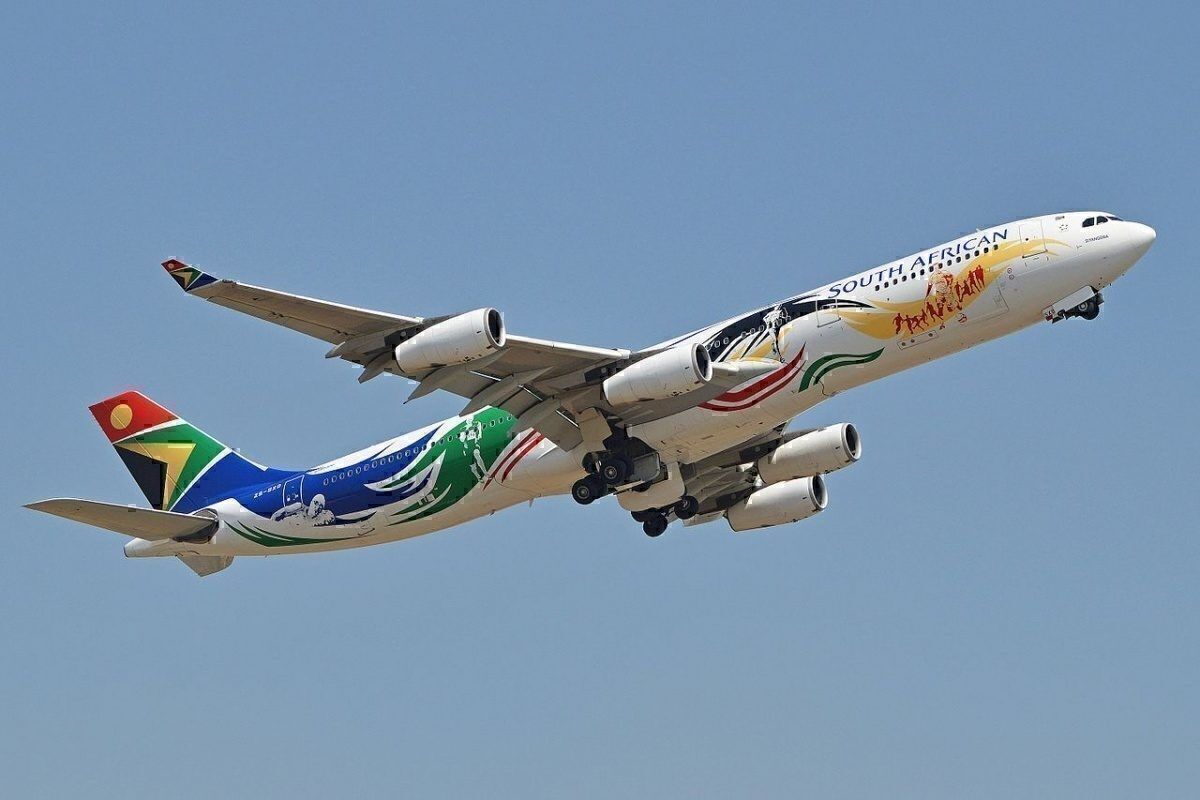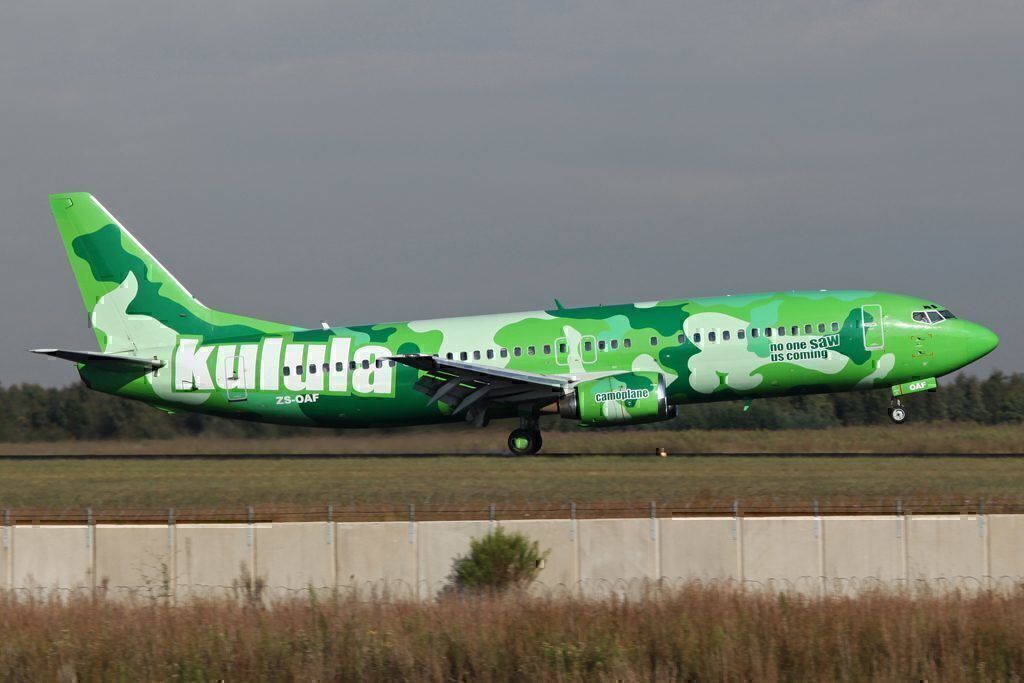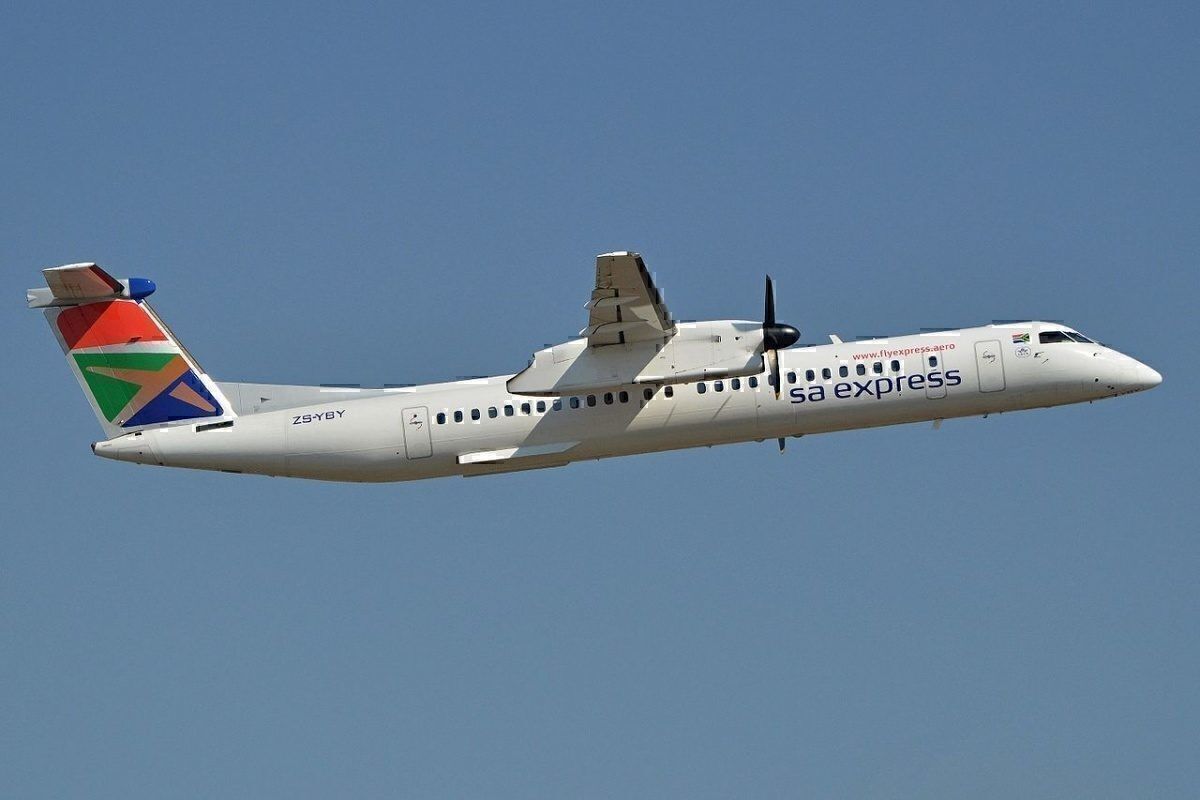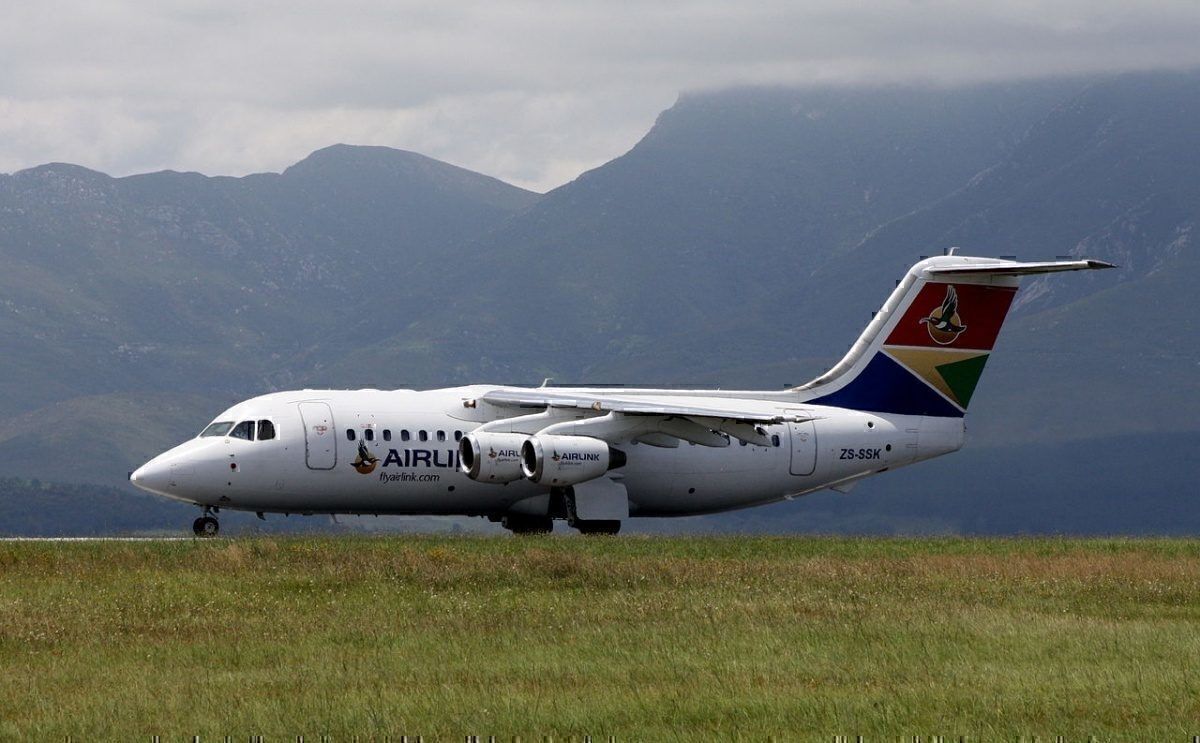According to a recent IATA study, South Africa's aviation market could double in the next 20 years. However, achieving this growth, the association argues, requires the maintenance of current trends and significant reforms. Here, we investigate the current market, the challenges facing South African aviation, as well as the prospects.
Current market strengths
South Africa has always been somewhat of a regional aviation powerhouse. The sector has invariably been aided by its comparatively strong economy, higher than continental average purchasing power, and decent infrastructure - factors missing in many African markets.
Indeed, the numbers reflect the nation's success story. According to the IATA report, South Africa saw 20.9m passengers in 2017, who in turn contributed $9.4bn to the wider economy. Moreover, the country scores very well compared to global averages when it comes to cost competitiveness and cargo facilitation.
Not all is perfect
While South Africa compares favorably to regional averages and undoubtedly possesses a functioning aviation market, the nation faces some significant challenges as well.
On the airline side of things, state-owned carrier South African Airways has gone through numerous CEOs over the past years, and just as many failed turnaround strategies. As a result of SAA's financial precariousness, many international airlines have taken advantage of market opportunities, further challenging the company's financial sustainability. In the regional market, financially stable Comair, who operates a British Airways franchise and a low-cost model, exerts further strain on the national carrier.
From a policy perspective, the country's stringent visa requirements and the relatively limited number of air services agreements hinder the country's ability to attract international travel. While the eventual implementation of SAATM may help with the latter, international arrivals and tourism may still be hindered by the country's reputation for high crime and mediocre healthcare services.
Prospects
Considering both South Africa's aviation strengths and the challenges facing the market, one must consider the prospects of achieving the 100% growth rate indicated by IATA.
For its part, IATA asserts that should the country want to see significant benefits from aviation, South Africa needs to; reform its immigration policies, reduce charges, and undertake a widespread strategic approach to transport and aviation planning.
Unfortunately, general political trends in the country indicate that South Africa could face difficulties in undertaking these necessary reforms. Amid significant unemployment and reports of attacks against migrants, it seems politically unlikely that the government will be able to increase openness. Economically, the country is also facing a precarious situation, with real GDP growth at below 1% according to the IMF.
Even on the downside though, IATA estimates that South Africa's aviation market could grow 68.4%, to 35.2m passengers, by 2037. Hence, should the country be able to overcome political and economic headwinds while maintaining the country's current strengths, it seems possible that the South African aviation could double by 2037.
What do you think the future holds for South Africa's aviation market? Will the country be able to undertake necessary reforms? Will SAA be part of the country's future aviation growth? Let us know in the comments.




